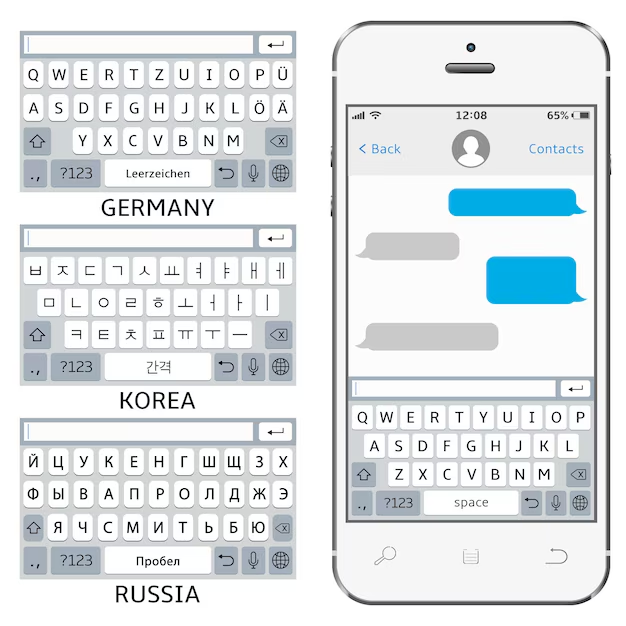Why Keyboards Matter
Keyboards play a key role for indigenous communities, enabling them to access digital information, accurately document their languages, share stories, preserve culture and history, and strengthen identity through digital inclusion. For a thorough list of the benefits, view Benefits of Digitizing a Language. You can also read these actual impact stories.

Getting Started with Keyboards
Translation Commons creates keyboards at the request of, and in collaboration with, Indigenous language communities.

1. Submit A Request
To request assistance creating a digital keyboard, fill out the Keyboard Request Form, including details about the language, its character set, and user needs. The form should be submitted by a community member, language advocate, or third party with the community’s consent.

2. Collaborate To Define Actions
We will discuss your language and digitization goals, define project needs, and expected outcomes. We will continue to consult and collaborate with you and your community throughout the process.

3. Keyboard Creation
You will work with your community and linguists to ensure that the keyboard correctly supports entering and editing text. We primarily develop keyboards for the Keyman application, which is available for all devices.

4. Keyboard Distribution
The completed keyboard will be shared on the Translation Commons website and GitHub repository, through Keyman directly, and other software distribution sites as appropriate.

5. Further Digitization
In addition to creating keyboards, Translation Commons can help your community with further digitization of your language. See our guidelines and resources for more information on tools and services we provide.
Keyboard Resources
- Installing Indigenous Language Keyboards
- Translation Commons’ Published Keyboards
- License For Translation Commons Keyboards
- Keyboard Creation Tutorials
Intro to Keyboards Video from: Tabea De Wille
For a deeper understanding of our keyboard creation work and how we support Indigenous language communities, we invite you to watch this short 10-minute video.
